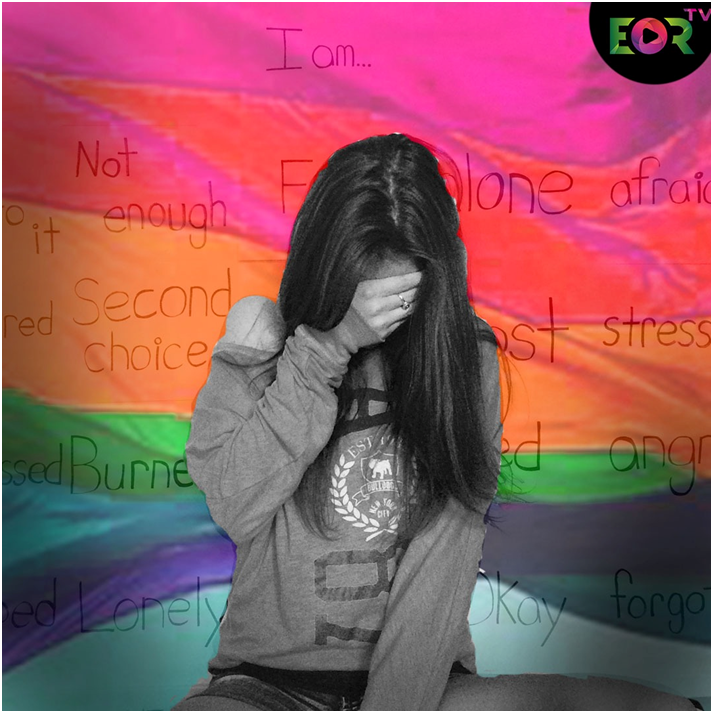
Bullying is sometimes considered "part of growing up" or "kids being kids", but imagine a child
being bullied every day through physical, social or cyber bullying.
Bullying is a common form of violence among young people, especially in schools. As you can see from
the examples above, it is defined as aggressive behavior (ie intentional, malicious behavior) that
is repeated over time and occurs in situations of power imbalance. While both are harmful to teens,
there is an important difference between bullying and bullying. If two children of similar strength,
size and social status collide or fight from time to time, this is aggression, but not bullying.
Bullying at school often occurs in unstructured school settings, such as the playground during
recess in india.
Most school-aged children are bullied in one way or another because of unequal power
relations and the common influence of childhood relationships and peers. Studies show that school
bullying and harassment peak in childhood and adolescence, especially in middle school, and usually
occur during recess in unstructured places such as cafeterias, hallways, and playgrounds.
Students want a positive school climate where they feel safe. This will reduce their own stress and
potential aggression and allow them to focus on the learning they need to succeed in life.
Fortunately, there are steps students and staff can take to prevent bullying and harassment
in schools and promote a positive school climate. The culture of school violence cannot be
influenced by working with victims and victims. This will require consistent and coordinated action
by everyone: students, staff, administrators and parents. That’s why EORTV is working for the
benefits of the children and adults too make their aware about the problems faced by Bullies and
other people.